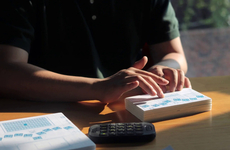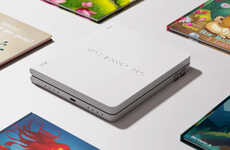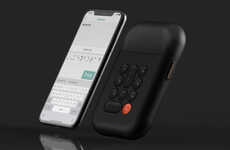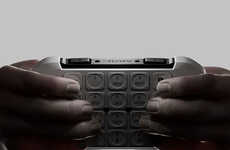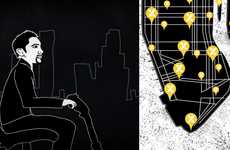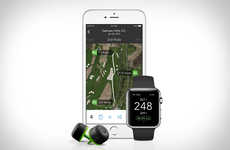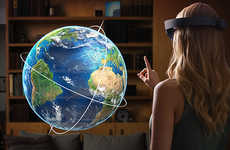
These Interactive Maps for the Blind are Installed at Schools
Alyson Wyers — January 19, 2015 — Tech
References: touchgraphics & springwise
These interactive maps for the blind are touch-sensitive and use audio instructions to direct the visually impaired around campus. Touch Graphics and the University of Buffalo's Center for Inclusive Design and Environmental Access developed the 3D printed mapping solution. Installed at a number of institutions across the United States, the most recent is the Talking Campus model at Perkins School for the Blind.
Both seeing and non-seeing visitors can use the multi-sensory maps for the blind. In addition to a touch-sensitive 3D surface and audio feedback, the Blind Talking Campus model also features an overhead video projector that floods the monochromatic surface with light to bring the map to life visually.
IDEA Center researcher Heamchand Subryan foresees the technology being incorporated into malls, museums and other academic institutions.
Both seeing and non-seeing visitors can use the multi-sensory maps for the blind. In addition to a touch-sensitive 3D surface and audio feedback, the Blind Talking Campus model also features an overhead video projector that floods the monochromatic surface with light to bring the map to life visually.
IDEA Center researcher Heamchand Subryan foresees the technology being incorporated into malls, museums and other academic institutions.
Trend Themes
1. Multi-sensory Maps - Creating touch-sensitive maps with audio feedback can improve navigation for visually impaired individuals.
2. 3D Printing for Accessibility - Using 3D printing to create interactive maps can provide a cost-effective solution for improving accessibility.
3. Multi-sensory Technologies - The combination of touch, audio, and visual feedback can improve accessibility for people with various disabilities.
Industry Implications
1. Education - Installing multi-sensory maps in schools and universities can help improve accessibility for visually impaired students.
2. Tourism - Creating multi-sensory maps and installing them in museums and tourist destinations can help improve accessibility for visually impaired visitors.
3. Retail - Implementing multi-sensory maps in malls and shopping centers can help improve accessibility and enhance the shopping experience for visually impaired customers.
1.3
Score
Popularity
Activity
Freshness

